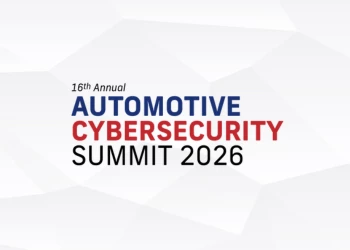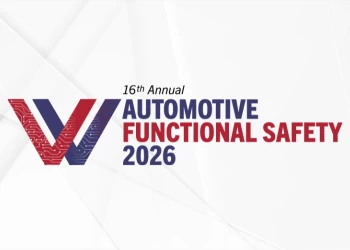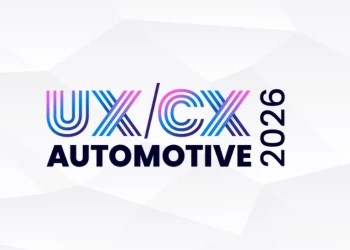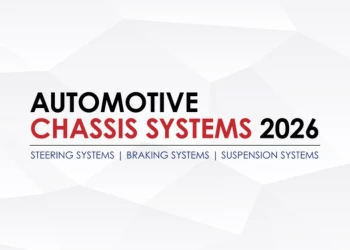Navigating the Data Act: Key Requirements and Implications for OEMS
Key Requirements, Implications and Challenges Under the Data Act
Add bookmark


March 18 - 19, 2026
Sheraton Ann Arbor Hotel, Ann Arbor, Michigan




Insights from the world’s foremost thought leaders delivered to your inbox.
2025-05-28
03:00 PM - 04:00 PM CET
Discover the challenges, opportunities, and best practices for implementing Virtual ECUs in modern a...
2025-05-07
03:00 PM - 04:00 PM CET
For the automotive industry, quality isn’t just a customer expectation—it’s a differentiator and one...
2025-04-30
03:00 PM - 04:00 PM CET
Perforce’s annual State of Automotive Development Report presents key findings about current trends...